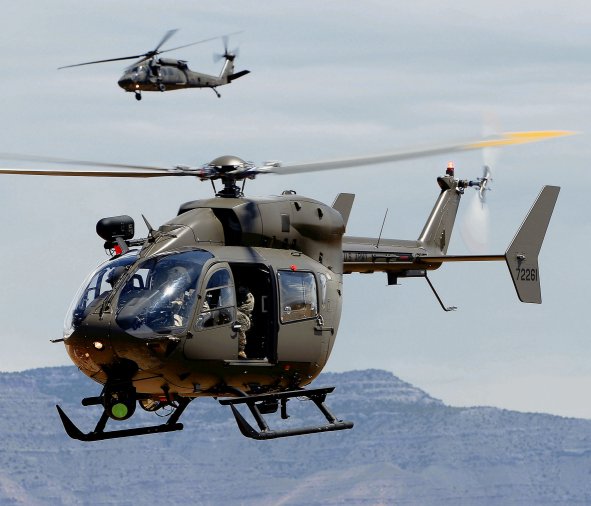
The US Army is looking to rectify a pilot shortage that has emerged over the previous decade from a reduced training output coupled with increased attrition to the airlines.

The UH-72A Lakota is the US Army's primary platform for helicopter pilot training. (US DoD)
Speaking at the IQPC International Military Helicopter conference in London, Major-General William Gayler, Commanding General, US Army Aviation Center of Excellence and Fort Rucker, said that while a shortfall of 731 pilots since 2008 had already been noted, this has been exacerbated by an increased loss of already trained pilots who are leaving the service.
“We noticed the shortfall a couple of years ago, and have already pulled many levers, such as bonuses, retention, etc [to stem the losses]. However, we are still losing pilots to the airlines, with the historical attrition rate of 7% rising to 9.5%, and it is concerning that 26% of all our Warrant Officer pilots are now eligible for retirement,” the general said.
To address these concerns, Gen Gayler said that the US Army’s Fort Rucker training establishment in Alabama is ramping up its pilot output rate. “We are about 500 pilots short now, but we are closing the gap and by 2021 we expect to be turning out 1,300 new pilots a year”.
The US Army currently trains its pilots on the Bell TH-67 Creek and Airbus Helicopters UH-72A Lakota platforms. As Gen Gayler noted, while much older, the analogue TH-67 has actually been turning out better pilots on account of it being harder to fly than the newer digital UH-72A.
Looking to read the full article?
Gain unlimited access to Janes news and more...




